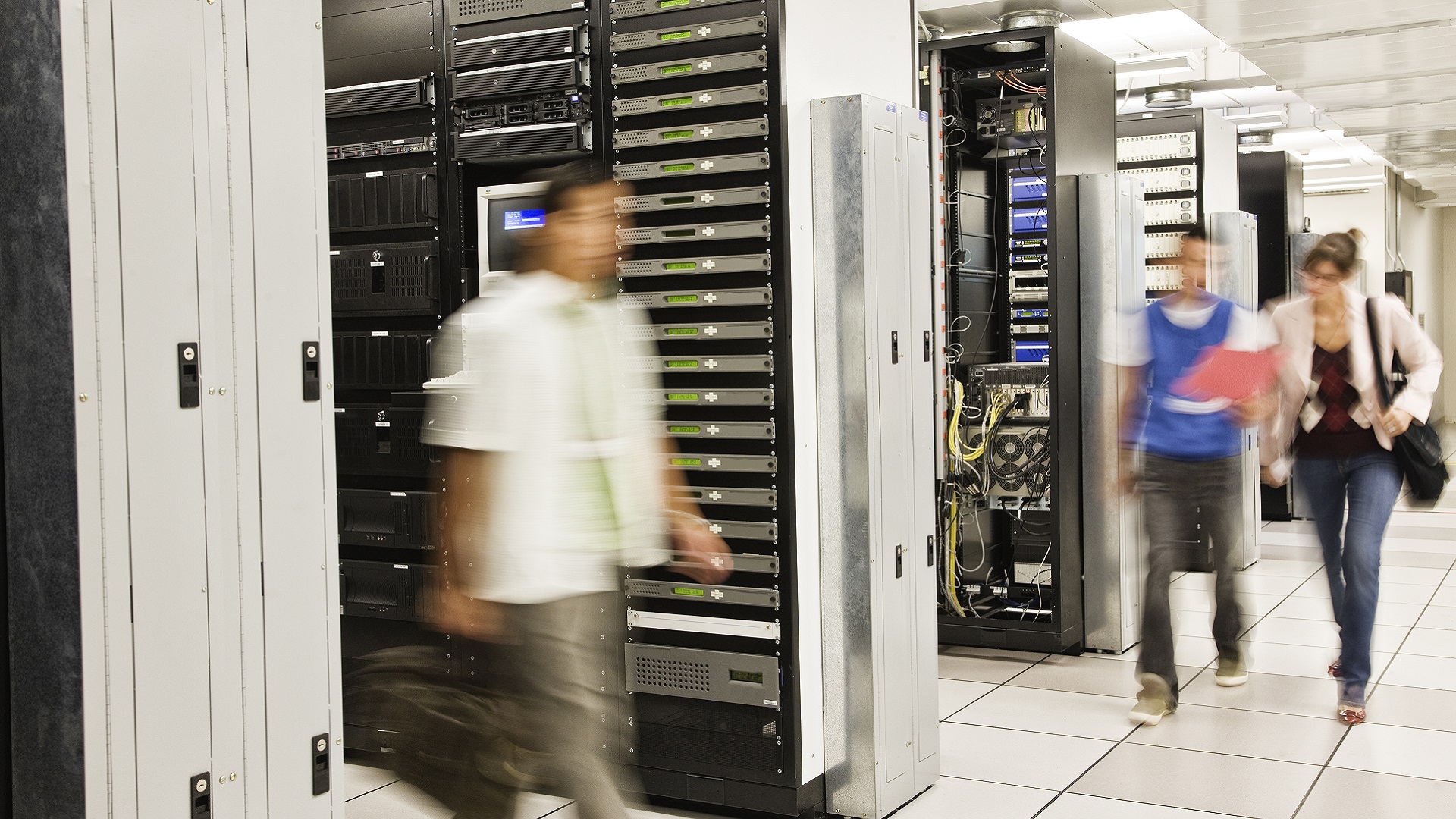Data centers are the backbone of the modern digital landscape, serving as the central point for storing, processing, and disseminating vast data. In our increasingly interconnected world, the role of data centers has evolved from simple storage facilities to complex hubs that support cloud storage, server management, and network security. These centers are not just physical locations but are pivotal in driving the virtualization technologies that shape our digital experiences. As we delve into the world of data centers, it’s crucial to understand their importance, not just in terms of data handling but also in their impact on energy consumption, cooling solutions, and the scalability required to meet growing digital demands. This guide offers a comprehensive look at data centering, from its core components and management to the challenges and innovations shaping its future.
UNDERSTANDING DATA CENTERS
Definition and Purpose of Data Centers
Data centers are physical or virtual infrastructures used by organizations to house their critical applications and data. They are designed to provide a secure, scalable, and reliable data storage, management, and dissemination environment. At the heart of the infrastructure are servers that process and store information, network systems that connect data and users, and storage systems like cloud storage, which provide scalable and flexible data accessibility.
Read the article in full here.
Sign up today for a free Essential Membership to Automation Alley to keep your finger on the pulse of digital transformation in Michigan and beyond.




